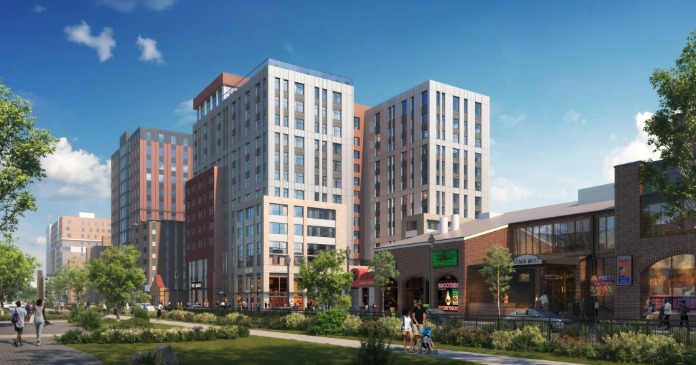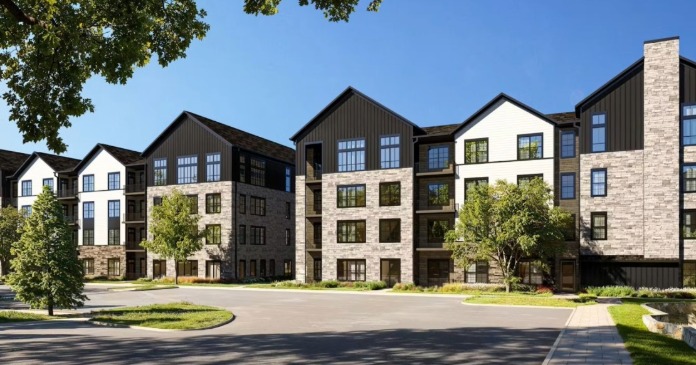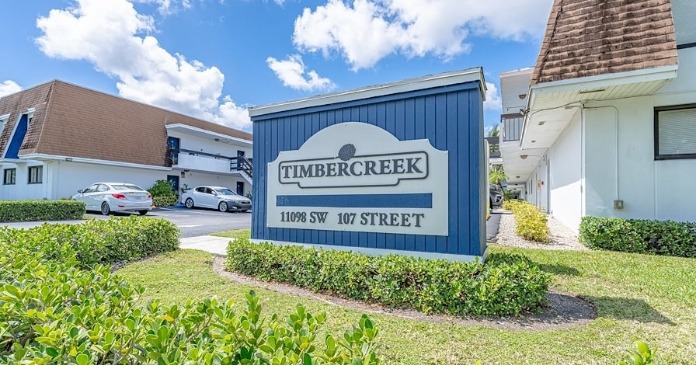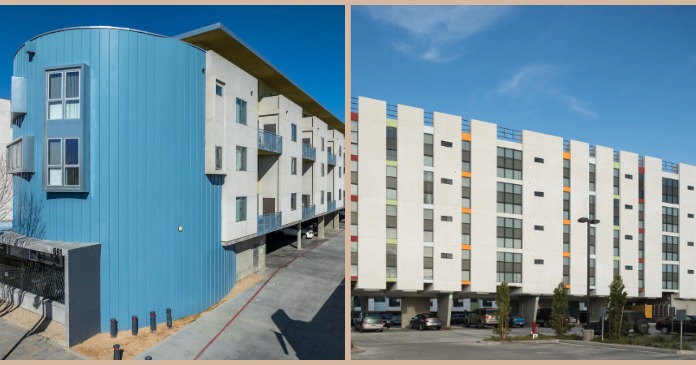The COVID-19 pandemic continues to disrupt public health and economic activities across the globe. While the full impact remains to be seen, commercial real estate professionals are best prepared for continued challenge.
In the commercial real estate world, whether you are a borrower or a lender, one question will be asked repeatedly: “What do you have in the pipeline?”
From a commercial mortgage lender’s perspective, a pipeline can mean a loan for which a term sheet or commitment letter has been issued to a borrower, but no closing date has been set, and/or closing conditions have yet to be satisfied. Most loans include within their closing conditions: no adverse change in the economic viability of the project or the borrower since the date the loan terms were agreed upon.
Given the widespread economic uncertainty, it is hard to imagine a lender with deals in the pipeline not asking themselves, “Can they exit my loan?”
The economic impact of the pandemic can mean bad news for commercial mortgage borrowers. In this environment, lenders will need to re-examine transactions that are currently in their pipelines. Lenders should expect an uptick in requests for relief from borrowers of closed loans. Lenders should exercise caution in deciding how to proceed with troubled properties.
Rethinking real estate preferred equity
Still, today’s commercial real estate market is ripe with opportunity for new investment and development with a liquid base. Those seeking financing in 2020 with a capital base may want to rethink their approach to project financing considering this market dynamic. A new approach to preferred equity allows unique opportunities.
Rethinking traditional norms
As commercial real estate investment evolves in anticipation of the Silver Tsunami and other demographic trends, owners, operators, and developers will need access to flexible capital. Continuing to meet housing demand is made more possible if providers and operators consider new and alternative approaches to both equity and debt. Creative solutions can provide positive outcomes for both borrower and investor/lender.
Packaging mezzanine, equity and/or preferred equity into a single instrument—3, 5 or 9 year term—can be a viable solution. It’s an excellent way to mitigate unforeseen economic bumps in the road and lower investor risk.













